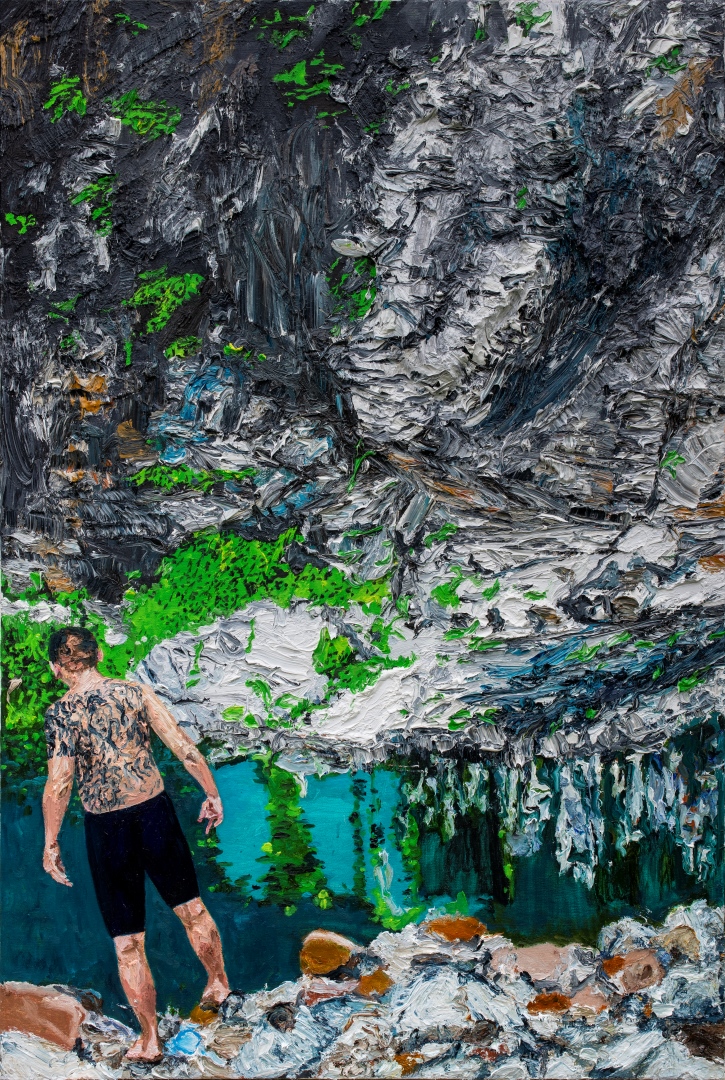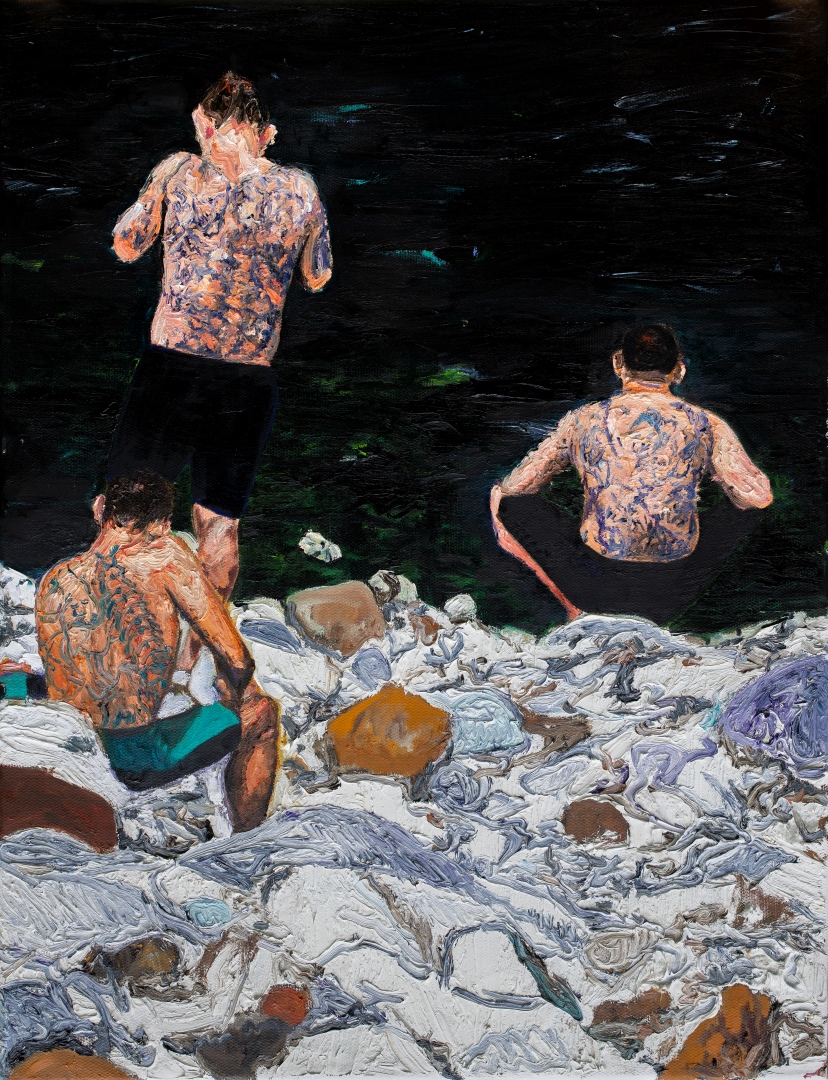Daniel PULMAN
UK
Daniel Pulman (b. 1975) was born in Manchester, UK, and received his master’s degree in painting from the Royal College of Art, UK in 1999. He has lived London, Paris, New York and Taichung, and has spent the last few years travelling extensively in China, Japan, South Korea and Taiwan. He specializes in visualizing his observation, perception and memory of natural landscape and cultural characteristics of different places through painting the everyday life of ordinary people. Drawing upon the 19th-century European tradition of figurative and landscape painting, his style demonstrates a mastery of Western oil painting techniques, as well as new interpretations of the three-dimensional and the abstract through the use of lines and colors in figurative themes. Futhermore, influenced by Eastern art and culture, Pulman’s work displays an amalgamation of refined Western painting methodologies and Eastern humanistic landscape.After spending the winter of 2019 in North East China, Pulman returned to Taiwan on the eve of the pandemic. The works in this exhibition were developed over the last two years in his studio in a small rural township on the outskirts of Taichung. For The Bathers of Guguan series, Pulman draws inspiration from observing scenes of a group of people swimming, fishing and resting on Dajia River when he was on a hiking trip with his partner in life and artist Suling WANG in the mountains in central Taiwan. In Pulman’s eyes, the tattoos on the people’s bodies form a silent dialogue with rock formation a crumbling cliff face.When Pulman was living in New York, he worked as an assistant at the art studio of the Neo-expressionist painter Julian Schnabel. This experience, in an indirect way, has influenced Pulman’s sculptural approach to painting, which employs impasto painting created by blending paint and mixed media. Throughout the process of making The Bathers of Guguan, Pulman gradually modifies the surface of the flat canvas to convert rolling rock formation into organically three-dimensional structures. The tattoos of these figures at the base of the cliff face are delineated and emphasized through rich colors and heavily textured, built-up areas of paint, whereas the flowing river in Guguan and the natural rock strata seem to merge and echo each other ingeniously through abstract lines, forming the spectacular natural landscape in the painting series.



